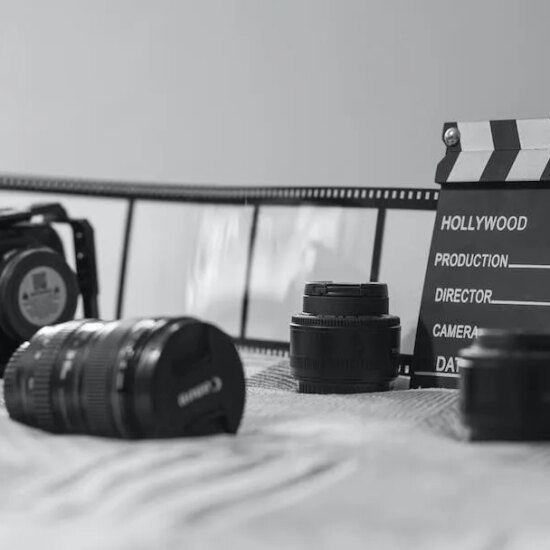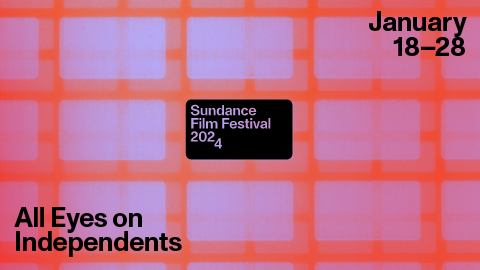
Essential Doc Reads is our curated selection of recent features and important news items about the documentary form and its processes, from around the internet, as well as from the Documentary magazine archive. We hope you enjoy!
The Jihad Rehab conversation continues with an article by Moustafa Bayoumi from The Nation. Bayoumi explains that the questioning of the ethics and execution of the film dates back a few years, and that the issue is not the fact that a white, non-Muslim woman made the film, but rather that filmmaker Meg Smaker put participants in dangerous and incriminating situations.
I don’t know Meg Smaker, the filmmaker, but I can judge “Meg,” the voice on this documentary. And “Meg” is a cop. “Meg” is an interrogator. “Meg” is the intelligence officer at Guantánamo sitting across the table from these men, asking the same questions, day after day, month after month, and year after year. There comes a point when one of the men in the film has had enough of “Meg” and refuses further participation. The film lingers repeatedly on his silences to “Meg’s” ridiculous and damning questions, as if to suggest that his silence equals guilt. In this film, not admitting guilt functions cinematically as proof of guilt.
To argue that Meg Smaker is a victim of identity politics is to divert attention away from the substantive harm and ethical lapses of this film, and that’s a real shame. When will the United States squarely address the damage it has done at Guantánamo and seek a remedy for those it harmed?
Variety’s Addie Morfoot and IDFA Artistic Director Orwa Nyrabia discuss the 35th International Documentary Film Festival in Amsterdam, which opened this week. Nyrabia explains the freedom that festivals offer for filmmakers looking for alternative paths for screening.
There is a big illusion that with streamers came more freedom or more diversity of artistic approaches. Time is proving that wrong. I think there is a mainstream, and so far, at least the major streamers, are all participants or members of this mainstream that was there before them. So, the space for alternative expression is very small, and it relies on people who are not seeking big sales. The ancient equation – more money and more control equals less artistic freedom, and less money and less control equals more artistic freedom still holds true. Festivals do have a role together with film funds to support films that have cultural value and artistic value, not only market value.
Shayla Harris, an independent director, producer, and IDA Enterprise Documentary Fund Grantee (for Lighting Africa), and filmmaker Stacey L. Holman, discuss for Medium their own filmmaking and the power of social impact within them.
We had a whole conversation about that. It’s a series that will generate conversations like that. What does it mean to be Black? What does it mean to have Black joy? What does it mean to have Black love? I hope people will start having those conversations. I want people to really just take a moment and just catch their breath because I think we’ve been through so much. This series is a reminder that we still had Black businesses in the midst of slavery. We still created art and culture in the midst of slavery. We wrote books. So, I really hope that it will be one of the many takeaways from the series.
For Screen Daily, Geoffrey Macnab writes about the current crisis of the success of documentaries in the theatrical box office. Through a conversation with Anne Vierhout, managing director of Cinema Delicatessen, the lack of cash flow to documentaries is explored.
Since the pandemic, a few docs have done decent business in cinemas. Sara Dosa’s Sundance title Fire Of Love, for example, has been released widely in cinemas around the world. grossing over $1m to date in North America for National Geographic Films and Neon. Some have done great business: Brett Morgan’s David Bowie title Moonage Daydream has grossed approximately $11.6m to date.
However, many others have underperformed. Exhibitors have become less willing to book documentaries or to give them the best screening slots. There is still a backlog of films from the pandemic period when cinemas were closed and cinemagoers who watch documentaries, and who tend to skew older, have not yet returned to theatres at pre-pandemic levels.
Another piece by Addie Morfoot for Variety explores what types of documentaries attract the largest audience. No surprise here: docs about celebrities and sports remain supreme. But the reason is less superficial than you may suspect.
Given the ongoing worldwide pandemic, Russia’s invasion of Ukraine, America’s school shooting crisis, and the yearly uptick in extreme weather events, it’s not exactly a surprise that viewers are attracted to nonfiction content that isn’t didactic. It makes sense that factual features and series about celebrities, sports, and music are all the rage. Ironically so are true crime documentaries focused on serial murderers, fraudsters, and crypto criminals.
While streamers and networks alike aren’t clamoring to program factual fare that will leave audiences angry or petrified, they are still distributing docs that explore pressing social issues. But instead of those issues being thrown in viewers’ faces, subject matters including racism, political upheaval, and climate change are often sprinkled into many of today’s documentary features and series. More often than not, a celebrity is used to lure viewers into a story that has a few Debbie Downers to swallow.
From the Archive: March 31, 2004, February/March 2004: “Define Your Audience: Generating Some FilmBuzz & Thinking Without A Box”
To successfully market your film you have to be able to define your audience. If you haven’t already defined your audience, do it now. It’s not enough to say that your audience is “everyone.” You can’t count on the oohs and aahs of family and friends––who see your baby and exclaim that it’s wonderful–to get you a distributor. Unless your film is so personal that your audience is limited to family and friends, you’ll have to define your audience in marketable terms.
Defining your audience in marketable terms involves researching similar films to determine their audiences and venues––that is, where the film was seen. While defining your audience isn’t easy, it’s not impossible. Fortunately, much of the information you need can be found online, and by attending film festivals and studying distributors’ catalogs.
IN THE NEWS
DOC NYC documentary film festival returns: Real life on screens and at home
IDFA ‘22 opens with “All You See,” presentation of €50,000 stipend
Cinema Eye Announces Audience Choice Prize Long List and Unforgettables for 16th Annual Awards
National Geographic Documentary Films and Picturehouse Announces Release Dates and Debut Trailer
Fremantle Acquires Majority Stake in Documentary Producer 72 Films
QDoc Film Festival and Portland Queer Film Festival return this month













